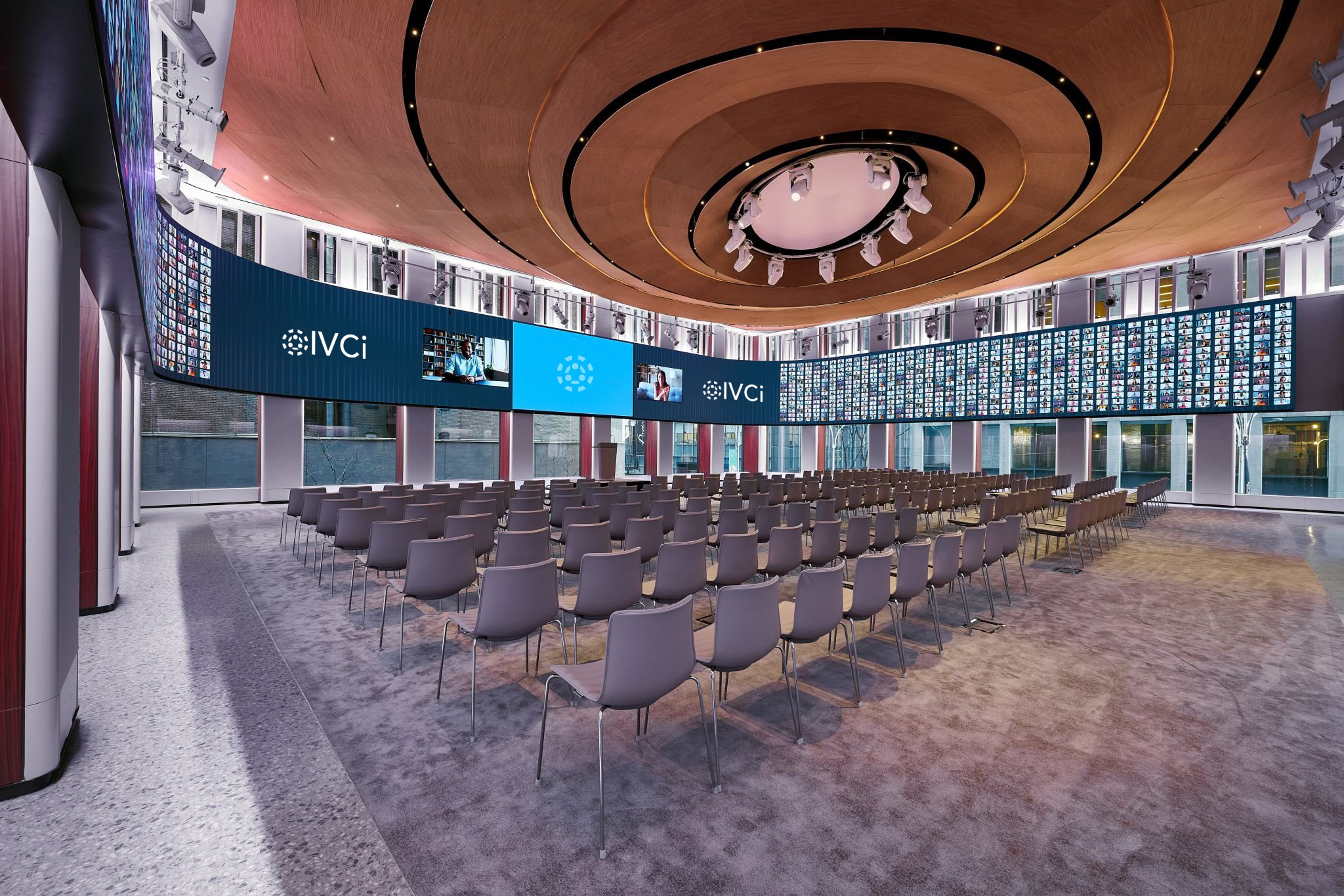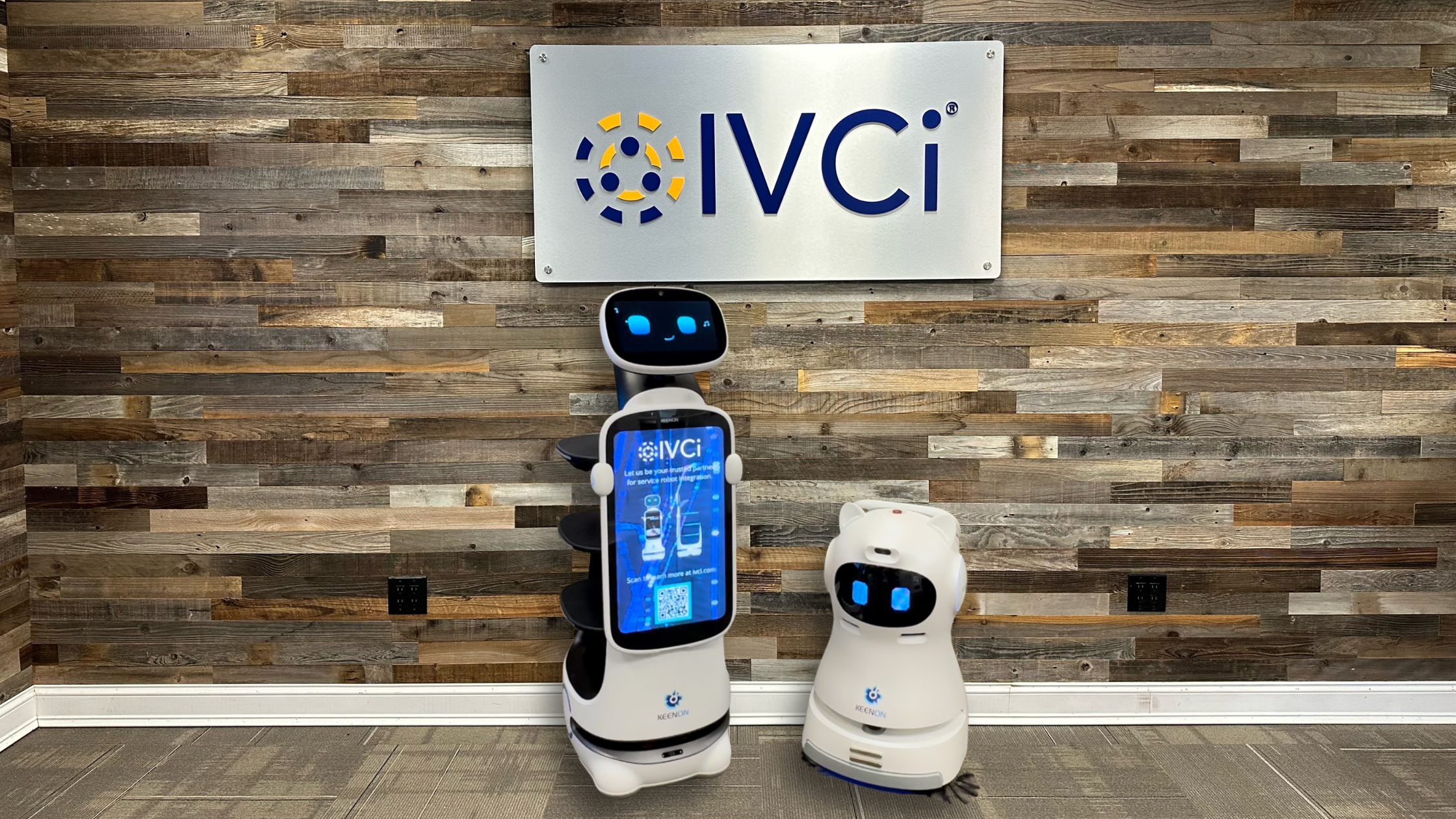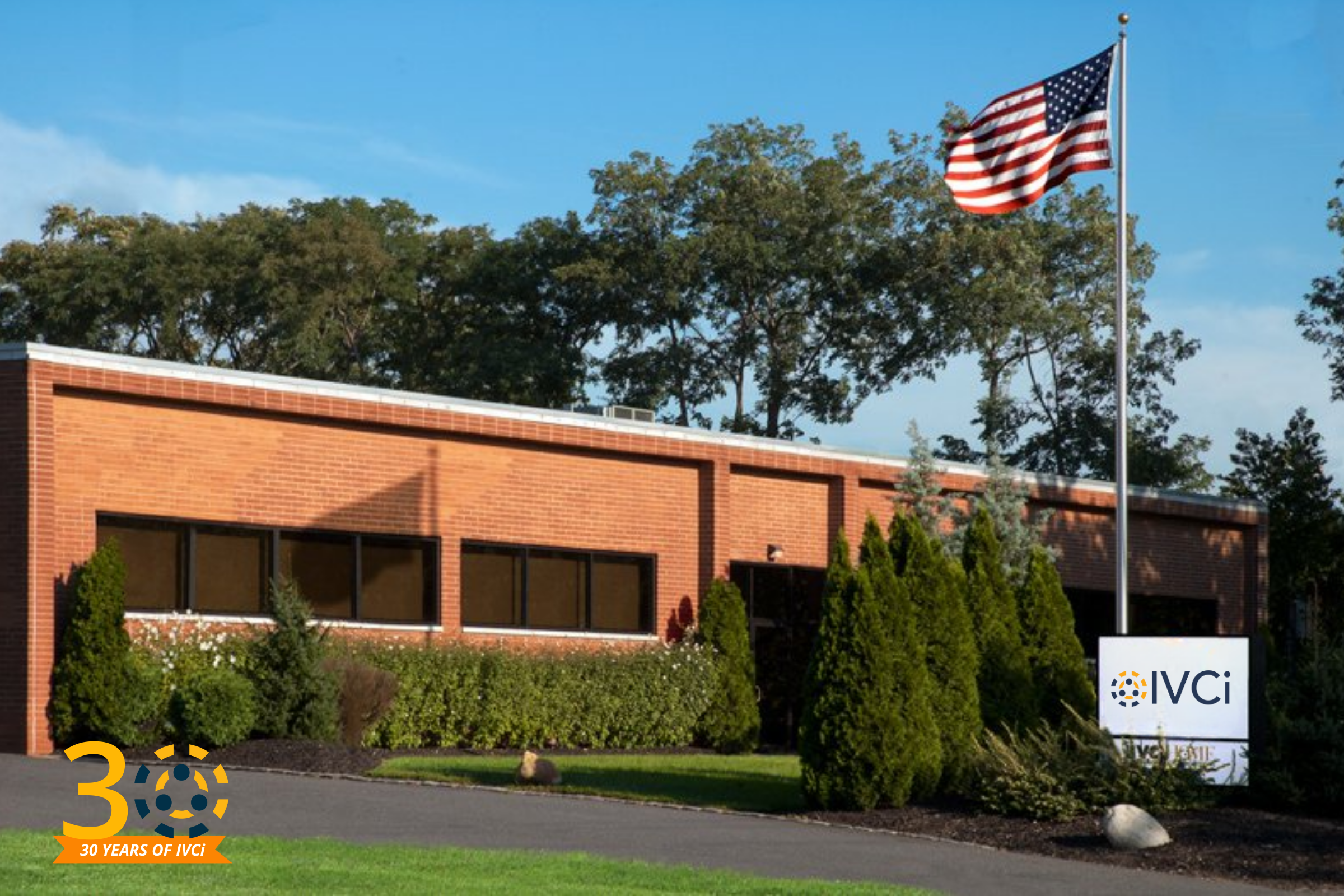Digital signage has rapidly evolved from simple static displays to dynamic, data-driven communication platforms. Whether you’re outfitting a retail store, financial institution, university campus, museum or corporate office, understanding the best practices across design, technology, content, management, and analytics is key to maximizing impact.
Types of digital signage include digital posters, menu boards, interactive displays, outdoor billboards, large-scale video walls and more. When implemented with a well-planned strategy, digital signage can offer benefits like increased visibility, enhanced engagement, and a significant return on investment.
Read on to learn the five best practices for designing an effective digital signage strategy.
1. Seamlessly Integrate Digital Signage into Your Architectural Design
When it comes to digital signage, architectural integration is just as important as the content itself. Displays should blend seamlessly with their surroundings, whether that means embedding screens into walls, using sleek mounts, or choosing hardware that complements the existing décor. This thoughtful approach not only enhances the visual appeal of your space but also makes the technology feel like a natural extension of the environment, rather than an afterthought.
Placement is another key factor in successful digital signage deployment. Position your screens where they’ll have the most impact—think high-traffic areas like entrances, hallways, or waiting rooms. Pay attention to the height and angle of installation to ensure screens are easily visible and engaging. The goal is to meet your audience where they are, capturing attention without disrupting the natural flow of the space.
Before you invest in digital signage, consider engaging an experienced AV solutions company like IVCi to custom-design your project to fit your unique needs and to blend the technology into the architecture of your space. Consulting an experienced integrator in the early stages of design will help you maximize your efficiency and avoid unnecessary expenses or inadequate solutions.
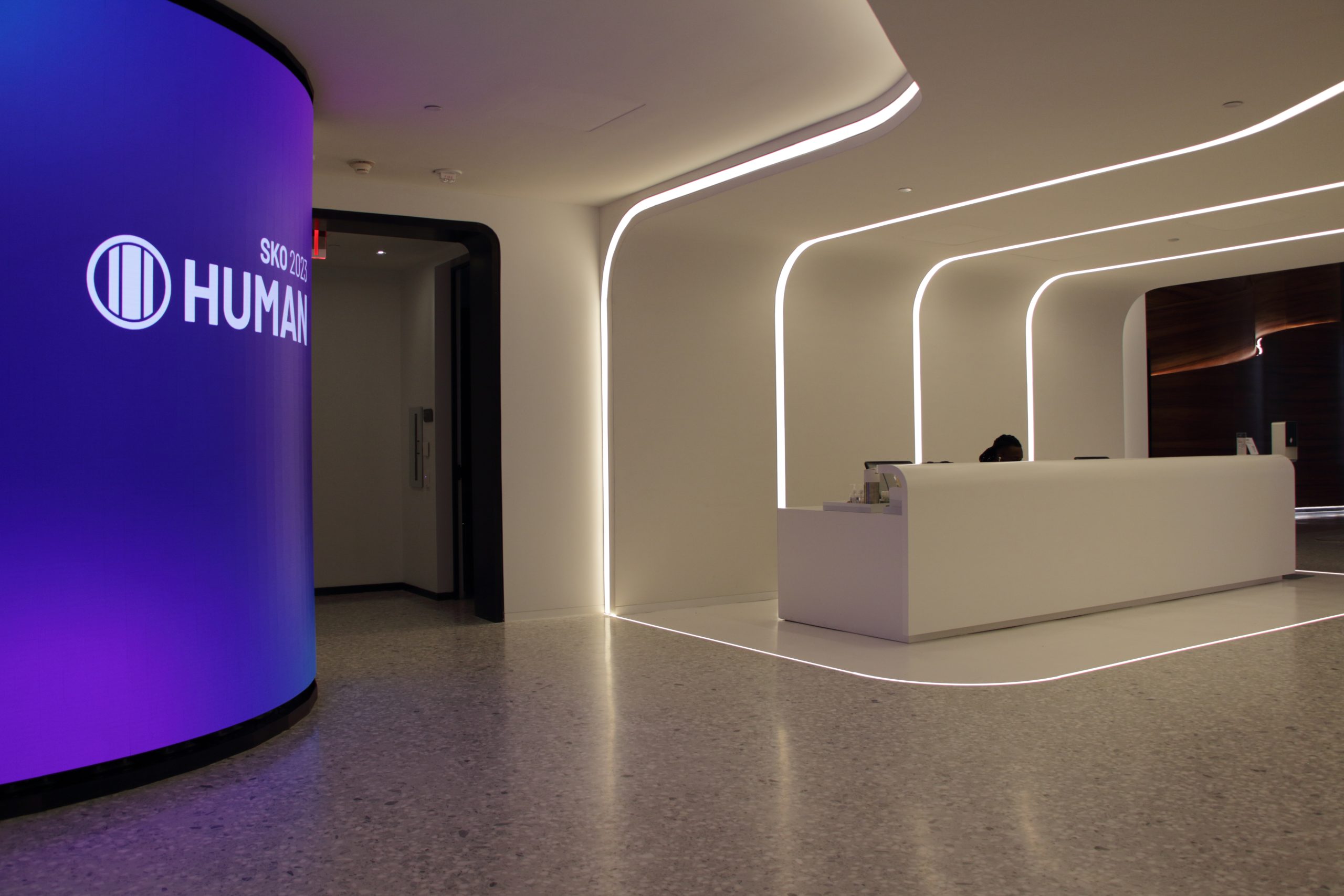
2. Create Compelling Content That Captivates Audiences
Effective digital signage content starts with clear objectives and a strong understanding of your audience. Consider how people will interact with your signage and choose your content wisely to capture their attention.
When developing your digital signage content strategy, assess whether existing content meets the required specifications, determine if new content needs to be created or old content repurposed, and ensure all materials—including wayfinding elements—are tailored to the display’s technical requirements and the audience’s needs.
Consider a mix of visual storytelling, motion graphics and localized ads or updates. Be sure to keep messages concise, using large, readable font sizes and high-contrast colors to ensure visibility from a distance. Here are some additional tips to capture attention with your digital signage content:
- Apply the 3×5 rule for text layout.
Limit your text to either three lines with up to five words each or five lines with up to three words each, ensuring your message is quickly readable. For example, a retail sale sign might simply read, “Summer Savings / Up to 50% Off / Shop Today”. Use large, sans-serif fonts and keep your call to action prominent for maximum impact. - Follow the 60-30-10 rule for color selection.
Color selection is critical for grabbing attention and maintaining readability. Use one dominant color for 60% of your design, a secondary color for 30%, and an accent color for the remaining 10%—for instance, a corporate announcement might use a blue background (60%), white text (30%), and yellow highlights (10%) to direct focus and reinforce branding. This ensures high contrast between text and background to enhance legibility. - Test and measure your designs regularly.
Regularly update your content and preview it from a distance to ensure clarity and effectiveness. Test your designs in their actual environment and avoid clutter by using plenty of white space and limiting the number of fonts and colors. Consider using QR codes or short URLs for deeper engagement and tracking. - Use a professional content strategist.
Work with a professional content strategist or experienced integrator, like IVCi, to streamline this entire process, bringing expertise in layout, branding, and content development to ensure your signage is both visually compelling and effective in achieving your goals.
3. Choose the Right Digital Signage Technology for Maximum Impact
Digital signage is powered by a combination of hardware, like display screens and media players, and content management software (CMS) to schedule and update what appears on the screens.
When choosing a display for digital signage, start by considering brightness, resolution, and viewing angles. High brightness is essential for visibility in well-lit or outdoor areas, while higher resolutions ensure crisp, clear images. Wide viewing angles make sure your content looks great from anywhere in the room.
To ensure optimal visibility and performance, select the brightness level of your digital signage display based on its environment: use around 500 nits for interior spaces, 750 nits for bright lobbies, and 3000 to 4000 nits for outdoor locations, where maximum brightness is necessary.
Next, look at durability and flexibility. Commercial-grade displays are designed for continuous use and can handle harsh conditions, especially if rated for outdoor environments. LED and MicroLED display options offer modular designs, allowing for custom sizes and creative installations that go beyond the limitations of standard LCD screens.
Choose DVLED displays—including clear and curved options—for large, high-impact installations or outdoor environments requiring vibrant visuals and flexibility; opt for LCD flat panel displays (ranging from 55″ to 110″) for standard digital signage, meeting rooms, and retail spaces where image quality and cost efficiency are important; and select interactive touch displays for settings like classrooms, boardrooms, and kiosks where user engagement and collaboration are key.
Finally, don’t overlook connectivity and energy efficiency. Make sure the display supports the inputs and software you need for your media player. Choose a media player that matches your content complexity, display setup, and connectivity needs to ensure smooth playback, easy management, and reliable performance for your digital signage.
Audiovisual integrators use their expertise and strong relationships with leading technology manufacturers to recommend the best digital signage solutions for your needs. This ensures you get high-quality, compatible systems customized for your environment, often with professionally tailored support.
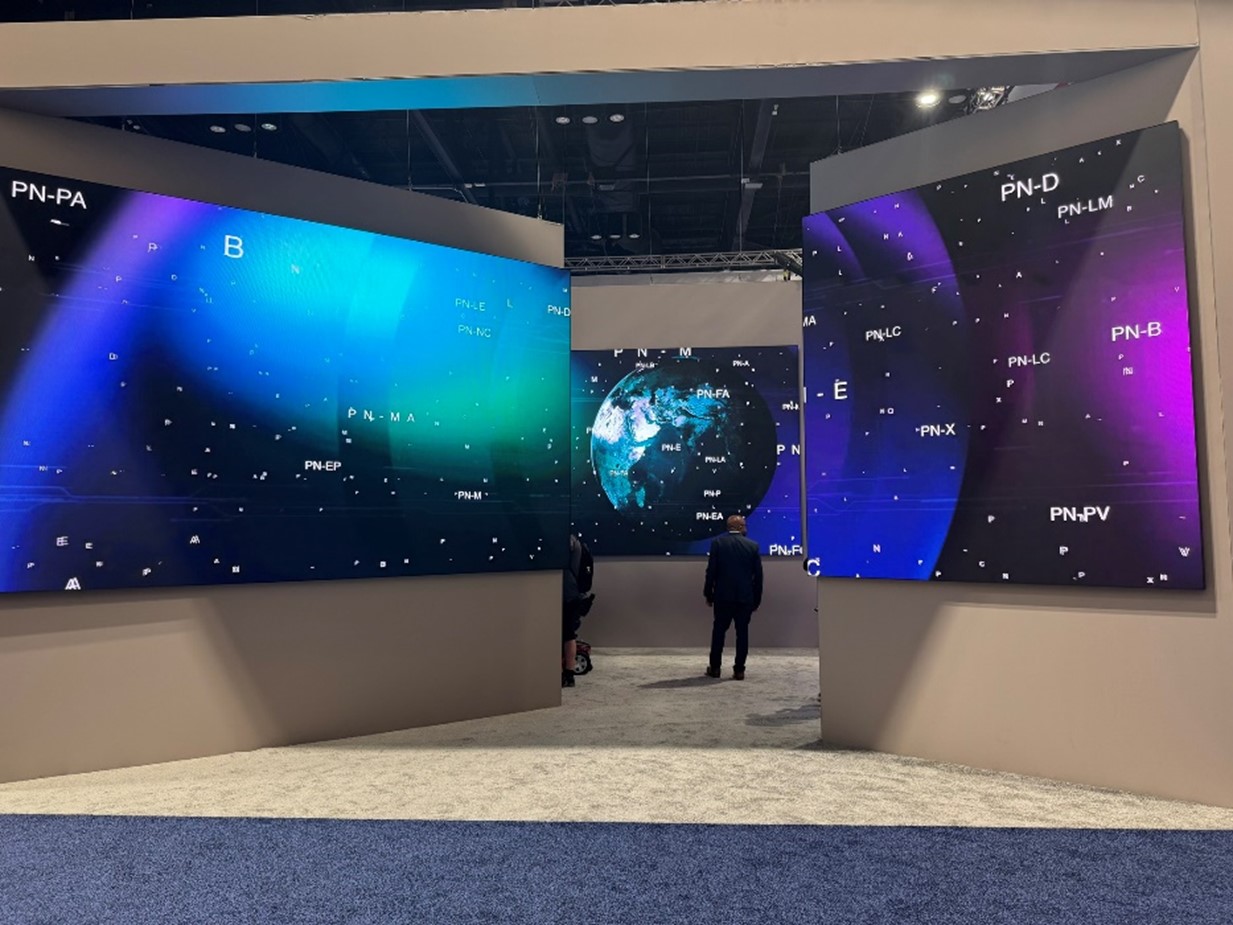
4. Streamline Content Management for Seamless Updates
A CMS for digital signage should offer robust scheduling, remote management, and user role controls to ensure the right content is delivered to the right screens at the right time. It should support easy content updates, allow for content variety, and provide analytics for tracking engagement and performance, all while maintaining brand consistency and security across your network.
The CMS should also enable collaboration by supporting permission-based access across teams. This will streamline workflows and prevent errors or unauthorized changes. Integration with other business tools, support for multiple media formats, and mobile-friendly interfaces further enhance flexibility and ease of use.
When planning digital signage content distribution, consider whether you need to deliver content to a single display, multiple displays within a local campus, or to a national or global network spanning various cities, time zones, and languages, and tailor your strategy to the specific types of locations—such as lobbies, elevators, cafeterias, and outdoor areas—to ensure relevant and effective communication.
An audiovisual integrator can help you select the right CMS by assessing your specific operational needs, technical requirements, and future scalability. Leveraging their experience and vendor relationships, they guide you toward solutions that are compatible with your hardware, user base, and content strategy, ensuring seamless deployment and long-term success.
5. Measure Your Success with Digital Signage KPIs
Analytics transform digital signage from a passive display to an active communication tool that drives awareness and engagement. Data-driven insights allow for continuous improvement: adjust content based on what resonates, experiment with timing and sequence, and personalize messaging for different audiences. Here are some digital signage KPIs to consider:
- Display Uptime: The percentage of time your digital signage is operational and displaying content as intended, ensuring reliability and maximizing impact.
- Screen Traffic: The total number of people who pass by or view your digital signage, indicating potential audience size.
- Dwell Time: The average amount of time viewers spend engaging with your content, reflecting its ability to engage viewers.
- Engagement Rate: The percentage of viewers who interact with your signage (e.g., touchscreens, QR codes), measuring how well your content captures attention.
- Conversion Rate: The proportion of viewers who take a desired action after seeing your signage, such as making a purchase or signing up for a service.
By tracking these metrics, you can measure content effectiveness and optimize to ensure your digital signage remains relevant and impactful.
Final Thoughts:
Digital signage success is built on a foundation of strategic design, advanced technology, compelling content, streamlined management, and actionable analytics. By following these best practices, you can create digital signage experiences that inform, engage, and inspire your audience—no matter the setting.
A general best practice would be to work with an experienced integrator to oversee your project end-to-end. This approach guarantees seamless integration, reliable performance, and ongoing support, so your digital signage works flawlessly from day one.
Ready to Transform Your Space? Partner with IVCi for Digital Signage Success
Elevate your organization’s communications with IVCi’s end-to-end digital signage as a service solution, covering everything from design and build with the latest technology to content creation, management, and real-time analytics.
With over 30 years of experience, our team delivers tailored, reliable systems—backed by 24/7 support and managed services—to help you inform, engage, and connect with your audience more effectively.
Connect with IVCi today to help transform your space with digital signage today.

